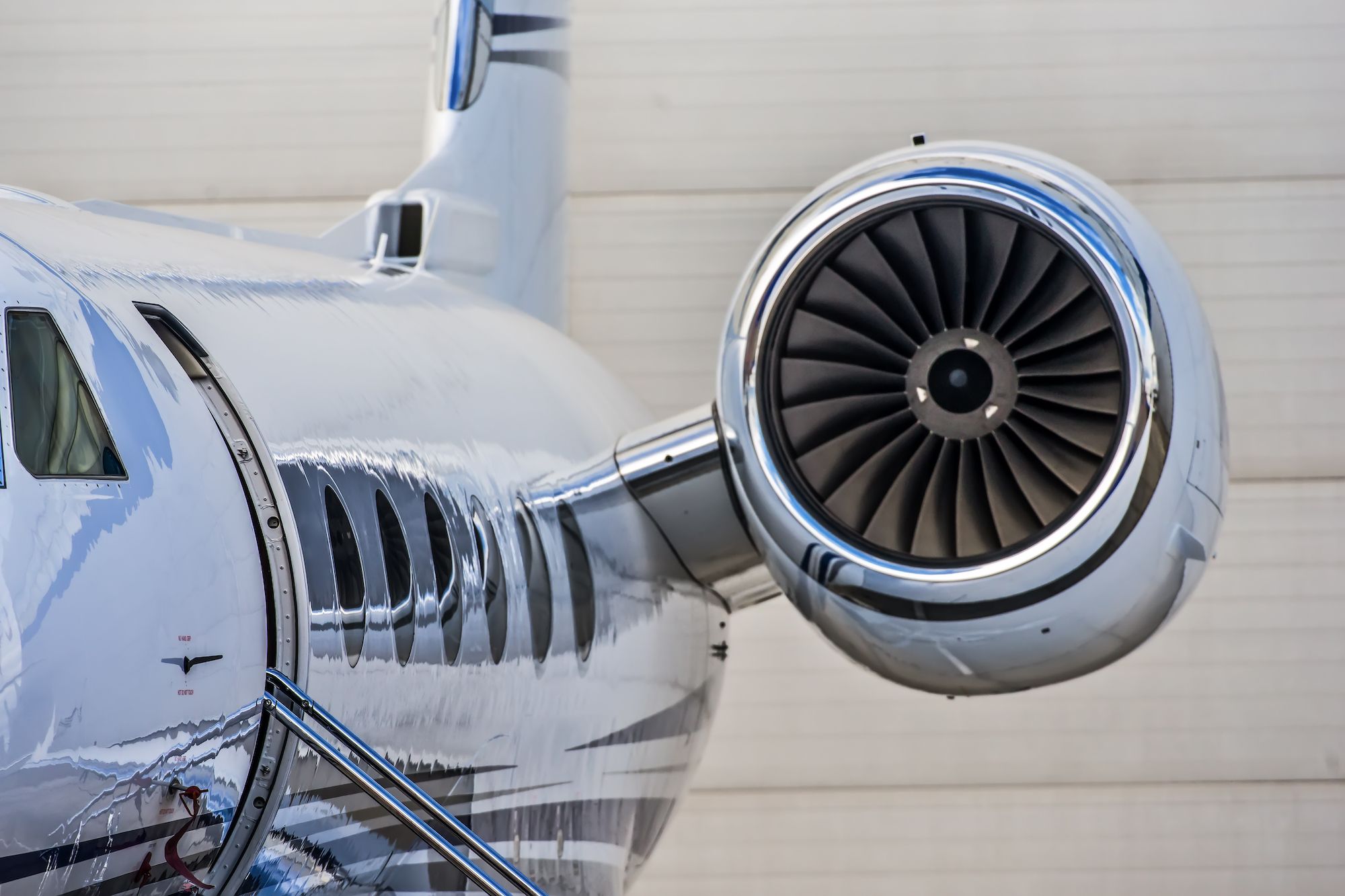Summary
- Shared ownership or jet cards can provide a cost-effective alternative to business class for frequent travelers.
- Empty-leg flights offer the opportunity to experience the luxury of private jet travel at a significantly reduced cost.
- Shared ownership proves to be cheaper than business class over time, but it’s important to consider other costs.
When it comes to luxury travel, two options are often considered: business class (or in some cases, first class) and private jet. Naturally, the former’s association with flying commercially suggests that it would cost less than flying privately.
However, are there ever instances when the exclusivity of a private jet flight is potentially more cost-effective than the plush confines of a business class seat on a commercial airline? In an era where aviation options are expanding, shared ownership, jet cards, and other innovative approaches are reshaping the dynamics of air travel expenses.
When is private travel considered “cheap”?
In this article, we won’t be looking at a standard full-fee private jet charter because, at $8000 an hour (excluding other costs), it will rarely ever be cheaper than a business class seat. Instead, we’ll consider three options for cheaper private jet flights: shared ownership, jet cards, and empty-leg flights.
Photo: Media_works | Shutterstock
Shared ownership, also referred to as fractional ownership, enables individuals or businesses to purchase a stake in a private jet, granting them access to the aircraft for a predetermined number of hours annually.
By distributing the costs among multiple co-owners, the financial burden associated with owning and maintaining a private jet becomes more palatable. When it comes to frequent business travelers, shared ownership can present a compelling solution that, over time, could prove to be more economically feasible than regularly opting for business class.
Jet cards are a versatile and accessible means of experiencing private aviation. They provide users with a set number of flight hours on a variety of aircraft. While the initial investment may seem substantial, jet cards eliminate several hidden costs associated with private jet travel, including maintenance and operational fees. For individuals accustomed to the comforts of business class, a well-managed jet card is a cost-effective alternative.
Photo: Andrei Kholmov | Shutterstock
Another option is empty-leg flights, offering a fantastic chance to enjoy the opulence of private jet travel for a significantly reduced cost. These flights occur when a private jet is repositioned or returned to its home base without passengers after completing a drop-off at its destination.
Let’s break it down
According to Stratos Jets, fractional ownership of a midsized private jet for around 50 hours’ flying time a year will cost around $460,000 in the first year and $110,000 per year thereafter (for a maximum of five years). This includes an initial investment, operating costs, and management fees.
Photo: Korean Air Business Jet
This amounts to an average of $180,000 each year over five years, for around 10 passengers. Meaning, each passenger will be paying $18,000 a year for 50 hours of flight – which comes down to approximately $360 per hour, per passenger.
Jet cards, on the other hand, tend to be slightly more expensive per hour than shared ownership programs but offer access to a range of aircraft. For the sake of comparison, we’ll equate this cost to that of shared ownership.
Here’s a comparison of a flight between Naples, Florida, and Atlanta, Georgia, lasting an hour and a half:
|
Option |
Cost |
|
Shared ownership / jet card |
$360 x 1.5 hours = $540 |
|
Empty-leg flight (via evoJets) |
$8,700 for 7 passengers = $1,243 per person |
|
Business class equivalent (via American Airlines) |
$667 Note: no direct flight available |
Shared ownership proves to be a cheaper option than business class, provided you are able to pay an upfront investment and commit to the costs over several years. Still, it’s worth noting that this does not include other costs, such as fuel surcharges or de-icing fees.
Photo: InsectWorld | Shutterstock
For those seeking a more straightforward, hassle- and commitment-free experience, business class could be the better option. Nonetheless, keep in mind that there might not always be direct routes between the two cities of your choice – a luxury that only private travel can offer.
Sources: Stratos Jets, American Airlines





